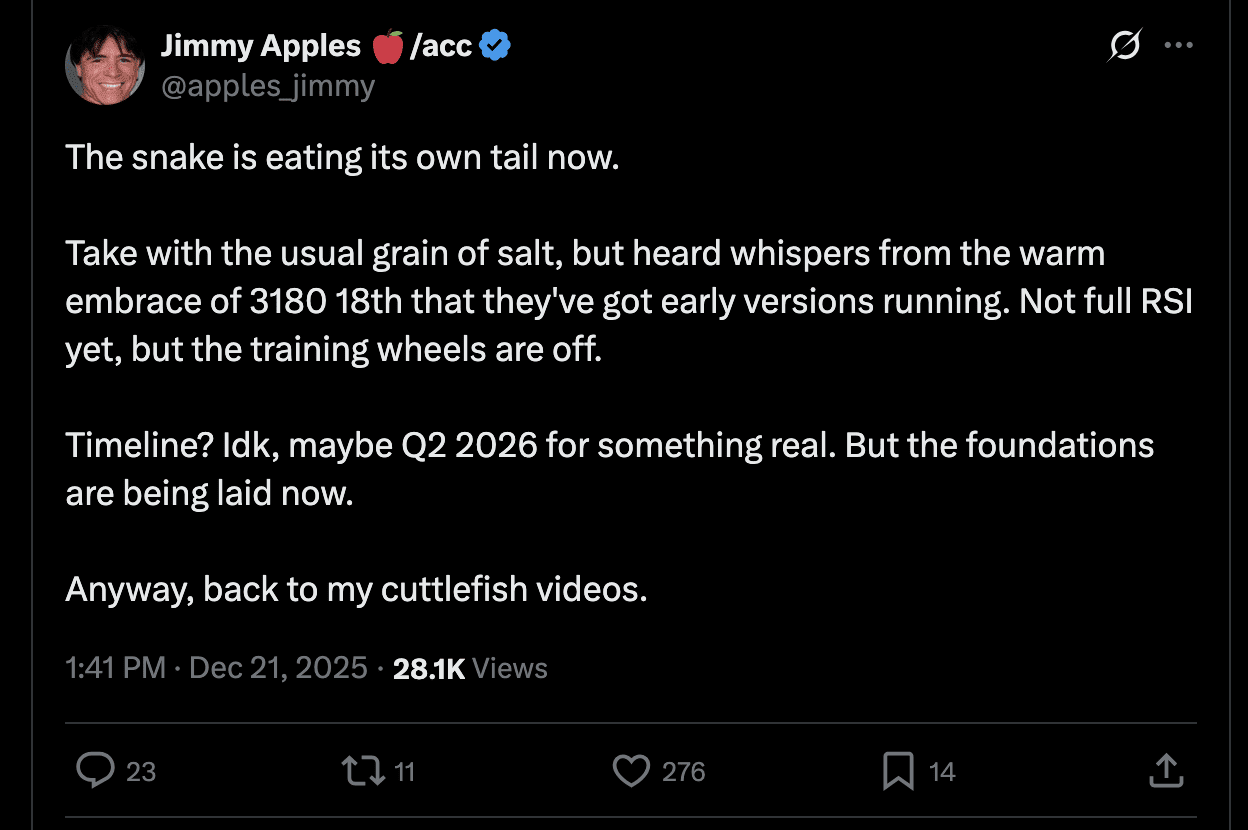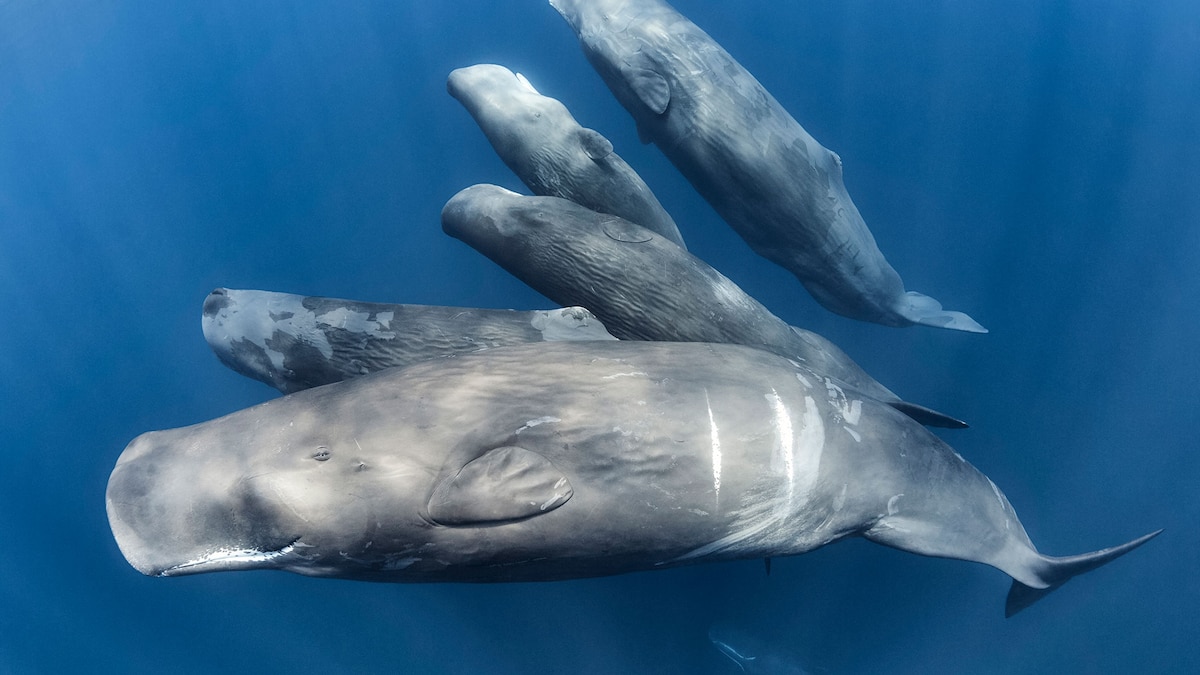[Submitted on 5 Aug 2025]
Authors:Charles Beichman, Aniket Sanghi, Dimitri Mawet, Pierre Kervella, Kevin Wagner, Billy Quarles, Jack J. Lissauer, Max Sommer, Mark Wyatt, Nicolas Godoy, William O. Balmer, Laurent Pueyo, Jorge Llop-Sayson, Jonathan Aguilar, Rachel Akeson, Ruslan Belikov, Anthony Boccaletti, Elodie Choquet, Edward Fomalont, Thomas Henning, Dean Hines, Renyu Hu, Pierre-Olivier Lagage, Jarron Leisenring, James Mang, Michael Ressler, Eugene Serabyn, Pascal Tremblin, Marie Ygouf, Mantas Zilinskas
View PDF
HTML (experimental)
Abstract:We report on coronagraphic observations of the nearest solar-type star, $\alpha$ Cen A, using the MIRI instrument on the James Webb Space Telescope. With three epochs of observation (August 2024, February 2025, and April 2025), we achieve a sensitivity sufficient to detect $T_{\rm eff}\approx$ 225-250 K (1-1.2 $R_{\rm Jup}$) planets between 1"-2" and exozodiacal dust emission at the level of $>$5-8$\times$ the brightness of our own zodiacal cloud. The lack of exozodiacal dust emission sets an unprecedented limit of a few times the brightness of our own zodiacal cloud$-$a factor of $\gtrsim$10 more sensitive than measured toward any other stellar system to date. In August 2024, we detected a F$_\nu$(15.5 $\mu$m) = 3.5 mJy point source, called $S1$, at a separation of 1.5" from $\alpha$ Cen A. Because the August 2024 epoch had only one successful observation at a single roll angle, it is not possible to unambiguously confirm $S1$ as a bona fide planet. Our analysis confirms that $S1$ is neither a background nor a foreground object. $S1$ is not recovered in the February and April 2025 epochs. However, if $S1$ is the counterpart of the object, $C1$, seen by the VLT/NEAR program in 2019, we find that there is a 52% chance that the $S1+C1$ candidate was missed in both follow-up JWST/MIRI observations due to orbital motion. Incorporating constraints from the non-detections, we obtain families of dynamically stable orbits for $S1+C1$ with periods between 2-3 years. These suggest that the planet candidate is on an eccentric ($e \approx 0.4$) orbit significantly inclined with respect to $\alpha$ Cen AB orbital plane ($i_{\rm mutual} \approx 50^\circ$, or $\approx 130^\circ$). Based on the photometry and orbital properties, the planet candidate could have a temperature of 225 K, a radius of $\approx$1-1.1 $R_{\rm Jup}$ and a mass between 90-150 $M_{\rm Earth}$, consistent with RV limits.
.png)



